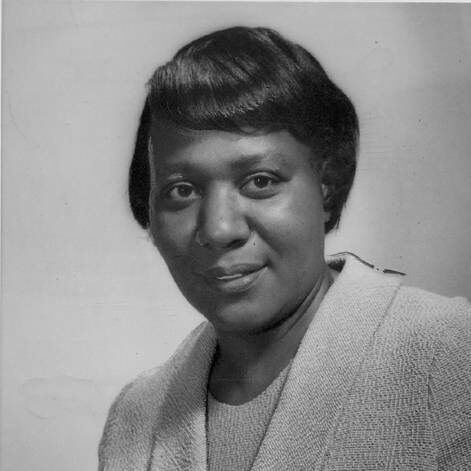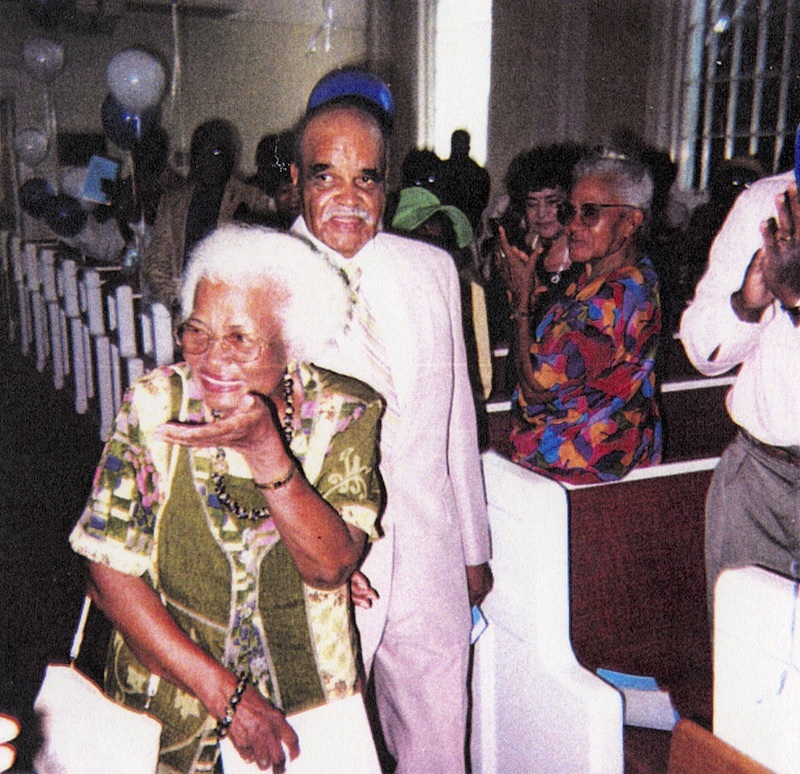and a Fight for Equity in Cleveland Schools
Have you ever wondered about those fascinating figures who shaped Cleveland’s past but seem to have slipped through the cracks of mainstream history? Well, get ready to dive into the world of Cleveland’s Forgotten Voices. In this series, we’re going to shine a spotlight on some truly remarkable individuals who, despite being overlooked, left an indelible mark on our city. So, let’s dust off the history books and uncover the stories of these unsung heroes.


By John Perse
You likely know that people like Ruby Bridges and the Little Rock Nine played a vital and courageous role in the effort to integrate public schools in America. In Cleveland, Daisy Craggett and Clara Smith led the fight against school segregation – two powerhouse women who changed the face of the Cleveland Public Schools forever.

The effort to integrate Cleveland Public Schools began in earnest when in 1961, Daisy Craggett and other Black parents organized “Parents’ Against Relay Classes” and picketed the Cleveland school board building and meetings on a regular basis. They were fighting a system of “relay” classes – a system that relegated Black students to a half day of school compared to their white peers, who went to school for full days. The system had been put in place to address overcrowding in predominantly Black school buildings.
Just a few months after the two created the parent group, they initiated the “Relay Parents March to Fill Empty Classrooms” to push the school board to bus Black students to nearby predominantly white eastside schools with empty classrooms.” (1). Not only was Craggett a parent whose children were impacted by school segregation, she was also a social activist and reporter for the Black newspaper of record, the Call and Post, as well as president of the Hough Community Council. Similarly, Clara Smith, a civil rights activist and social worker also in the Hough neighborhood, became involved in the effort since the schools in the Hough and Central areas of Cleveland were prominent victims of the segregation policies of the Cleveland Public Schools. As a result of their persistence, eventually the Cleveland NAACP sued the Cleveland Public Schools for maintaining a dual system, thus changing the face of education in Cleveland moving forward.
On August 31, 1976, the Cleveland Public Schools became officially integrated according to a ruling by Judge Frank Battisti in Reed v. Rhodes. The ruling stipulated that the Cleveland Public Schools had systematically violated the 14th Amendment rights of the plaintiffs by maintaining a segregated school system. Amazingly, this ruling came 22 years after the Brown v. Board of Education ruling in 1954.